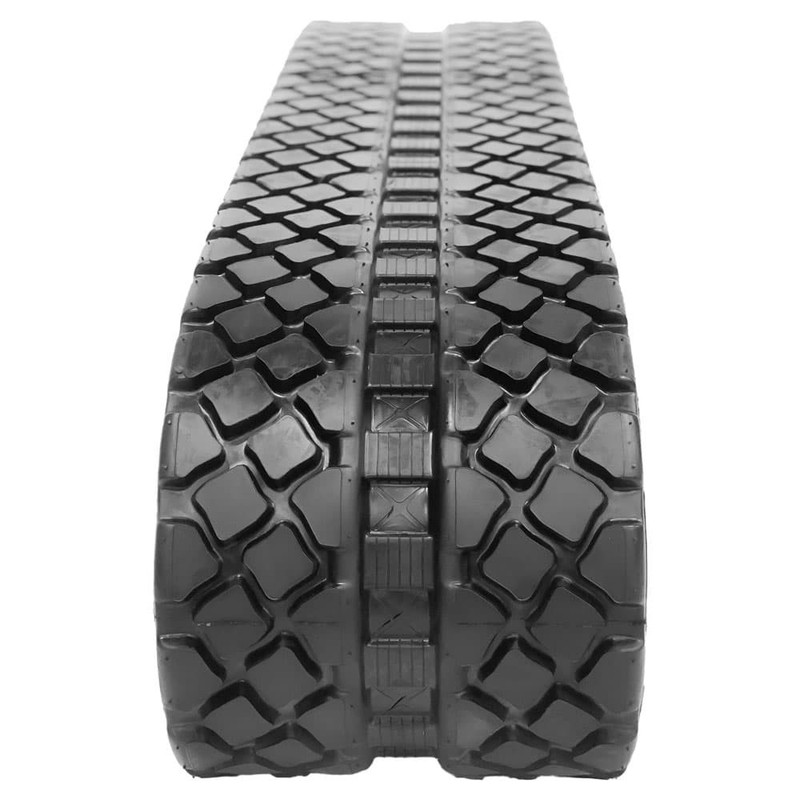Not all rubber tracks are created equal. Beneath the rugged exterior lies a carefully engineered blend of materials designed to withstand the weight, torque, and terrain challenges faced by track loaders and mini excavators every day. If you’re wondering why some tracks last 2x longer than others—or why cheap tracks crack fast—the answer lies in the science of composition. Let’s break it down.
1. Natural vs. Synthetic Rubber Blends
High-quality rubber tracks use a strategic combination of:
-
Natural rubber: Superior elasticity, vibration absorption, and heat resistance
-
Synthetic rubber (like SBR or EPDM): Increased abrasion resistance and weather tolerance
⚠️ Cheaper tracks often use high synthetic content, sacrificing flexibility and long-term performance.
✅ Premium blends balance both for durability and comfort under load.
2. Steel Cord Reinforcement: The Backbone of Strength
Inside every strong rubber track is a hidden network of steel cords or belts.
These cords:
-
Distribute weight evenly
-
Prevent stretching
-
Enhance sidewall rigidity and tread stability
Poorly placed or low-grade cords = weak structure, internal tearing, and de-tracking.
✅ Look for continuous steel cord tracks for maximum tensile strength and track integrity.
3. Multi-Layer Construction Matters
Quality tracks have multiple bonded layers:
-
Outer tread layer – contact point with the ground
-
Core layer – steel reinforcement zone
-
Inner guide system – track path alignment over sprockets and rollers
-
Base layer – interior side riding against the machine
Each layer has a job—and cheap tracks usually skip steps or cut corners in thickness.
✅ More layers = better shock absorption, reduced chunking, and extended life.
⚙️ 4. Advanced Vulcanization Techniques
Vulcanization is the process of heating rubber with sulfur to increase strength.
Premium manufacturers use high-pressure molding and uniform vulcanization, resulting in:
-
Consistent density
-
Fewer weak points
-
Uniform tread wear
⚠️ Tracks without proper curing can crack early, especially in hot or cold climates.
5. Abrasion & Tear Resistance Ratings
Top-tier tracks are lab-tested for:
-
Tear propagation resistance
-
Abrasion loss (measured in mm³)
-
Heat aging
-
Ozone resistance
Look beyond price—check for spec sheets or ask about testing standards.
Ironhorse Delivers Tracks Engineered to Outlast
At Ironhorse Heavy Equipment Parts, we provide rubber tracks built from the inside out to outperform and outlast. With carefully sourced materials, multi-layer construction, and precision engineering, our tracks are made for real-world job sites—not shortcuts.
Contact us today to upgrade to scientifically superior tracks for your mini excavator or track loader. Experience the build quality difference from day one.

